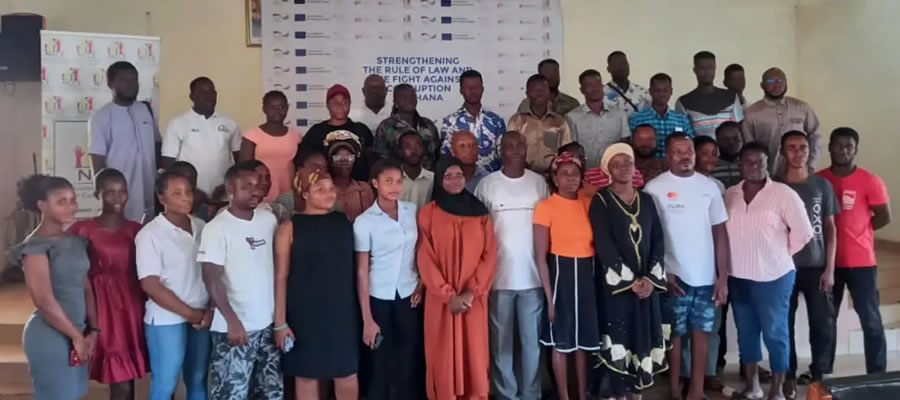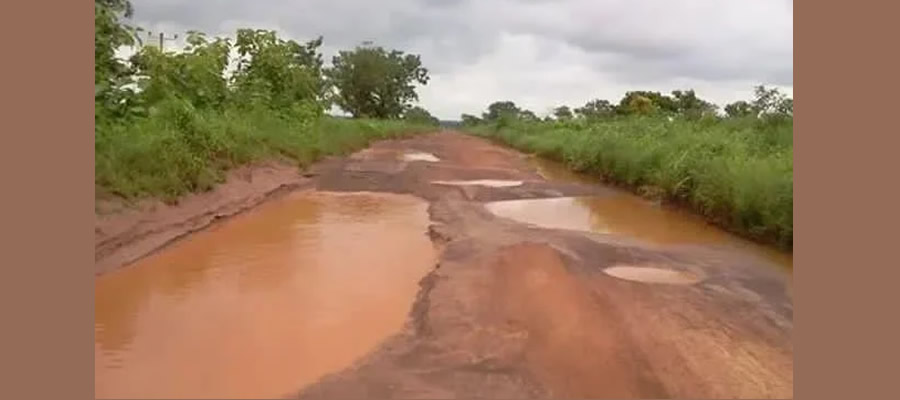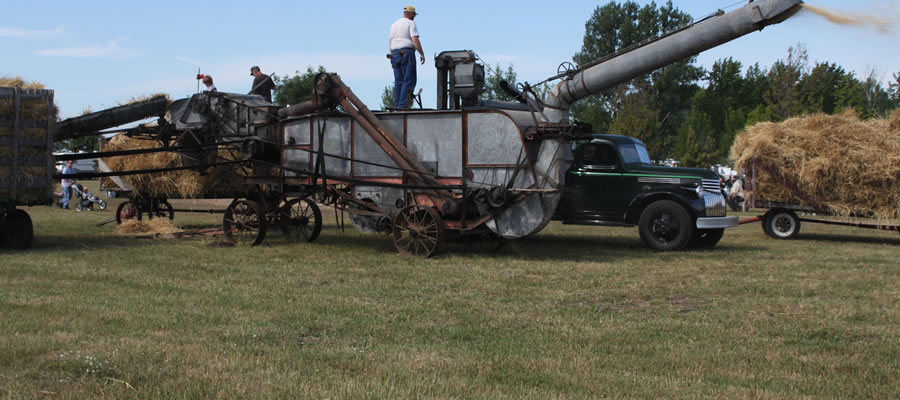

PHYSICAL AND NATURAL ENVIRONMENT
LOCATION AND SIZE
The Sissala East Municipal is located in the North- Eastern part of the Upper West region of Ghana as shown in the map below.
It falls between Longitudes. 1.300 W and Latitude. 10.000 N and 11.000 N. The Municipality has a total land size of 4,744 sq km – representing 26% of the total landmass of the region.
The Municipality shares boundary on the North with Burkina Faso, on the East with Kassena-Nankana and Builsa Districts, to the South East with West Mamprusi District, South West with Wa East and Daffiamma-Bussie-Issa Districts and to the West by Sissala West District.See Map Below
The Municipality, due to its position, has an advantage for trade and other cross border activities. This notwithstanding, the Municipality by its location, also faces the threat of illegal immigrants from neighbouring countries. Notably is the insecurity posed by the insurgence of Fulani herdsmen which has become a yearly ritual.
RELIEF AND DRAINAGE
The topography of the Sissala East Municipal could be described as gently undulating. It is generally characterised by gentle latitudes of between 330 and 365m in the northern part descending to 220m and 290m in the Valley of the Sissili River. The Municipality is mainly drained by the Sissili River and its tributaries flowing in the south-eastern direction to join the White Volta. This is coupled with several tributaries and other unnamed streams.
Though they have potential for supporting the development of dams and dugouts, they are left bare. Many of these streams could be developed to support dry season farming. A significant characteristic feature of most of these rivers and streams is the perennial nature of their flows. The flow of the Sissili River itself reduces to intermittent pools in the dry season.The constant drying of the rivers necessitate the drilling of boreholes to supplement the seasonal shortage of water which in one way might have accounted for the out migration of the population during the dry season. The rich valleys of the Sissili River maintain a vegetative cover that provides an abode for wildlife and further protect the land from erosion.
Besides that, these rivers and streams have become a big constraints thereby making access to communities during rainy season difficult and increasing the cost in road construction.
GEOLOGY AND SOILS
Witha gently undulating topography, the Municipality is bound with fresh granitic and bromine rocks which weather fast as a result of low rainfall, high evaporation and sparse vegetative cover to form soils of lesser depths rich in minerals for potentialfarming. The bromine and granitic geological formations are characterised by meta-sediments and meta-volcanic rock formation. The bromine formation has a 65% of yielding underground water, while the granite has 55% chances of yielding water. The geology thus provides potential for underground water development.
There are varieties of soils includes Savannah Ochrosols, Tropical brown earths and Terrace or Alluvial soilswhich support plant growth to various degrees. These soils are better suited for the cultivation of cereals and root tuber crops including millet, maize, sorghum, yam and cash crop like cotton. They respond well to the application of organic manure and commercial fertilizers to give high yield. With adequate rains and good farming practices, these soils have the potentials of improving agriculture production.
VEGETATION AND CLIMATE
Sissala East Municipality falls within the Guinea Savannah vegetation belt. The vegetation consists of grasses with scattered fire resistant trees such as the Shea nut, the Baobab and Dawadawa trees. Acacia and rose wood are also common trees of this vegetation belt. The heterogeneous collections of these trees meet domestic requirements for firewood and charcoal, construction of houses, cattle kraals and fencing of gardens.
The shorter shrubs and grasses provide fodder for livestock. This has resulted in high influx of Fulani into the district. Their activities have to be appropriately controlled and managed if the environment is to be sustained and food security assured. The Shea nut tree is one of the great economic assets of the District and head portage has been the most common means of transporting the fruits from the farm to the house. This industry can be developed to serve as major source of livelihood in the district. The forest reserves cover a total area of about 267sqkm and encourage a rich stock of mammalian wildlife.
The climate of the Municipality is tropical continental as experienced in the northern regions of Ghana. Throughout the year, temperatures are high with a minimum of 23ºC at night and a maximum of 42ºC during the day and this favours plant growth.The mean monthly temperature ranges between 21ºC and 32ºC. The highest monthly maximum temperature rises up to 40ºC before the rainy season in May with lowest minimum temperature falling to about 12ºC in December when the Harmattan winds from the Sahara dries up the vegetation.
The Municipality experiences a single rainy season (May to September/October) conventional rainfall. In 2009, the first quarter of the year recorded 6.9mm of rainfall. However, for the 2nd quarter, the erratic nature resulted in 447.2mm of rainfall which was an improvement over the previous year leading to early farming of crops particularly maize.
At the beginning of the 3rd quarter another drought period almost threaten food production. As the season advanced, rains set inmany parts of the district and the quarter registered 937.4 mm of rain. The rains intensified and resulted in floods which affected food crops yields (by 40%) especially maize and groundnuts. Some fields were totally submerged under water and others washed away. This affected the entire district but the eastern block was worse affected.
As a result of the single maximum rainfall prevailing in the district all year round, crop production is mostly done during the rainy season (May to September/October). However, since farming is the major occupation of the people, it means that their major sources of livelihood and income are limited during the dry season apparently resulting in the migration of the youth to the south in search of greener pastures.
There is thus, the need to have adequate irrigation facilities to promote and enhance agricultural activities in the dry season. In addition, it is imperative to identify and provide alternative sources of livelihood to the people to complement their occupations and improve their income generating capacity. The total number of days of rain ranging between 70 to 80 days in 1999 as compared to 51 days of rain in 2009. The mean annual rainfall in 1999 was 121mm as compared to 104 in 2009. There is an indication that the number of days of rain as well as the mean annual rainfall are decreasing in the district. This has implications for food security in the district.
BIODIVERSITY, CLIMATE CHANGE, GREEN ECONOMY AND
ENVIRONMENT.
The environment is constantly changing. However, as the environment changes, so does the need to become increasingly aware of the problems that surround it. With a massive influx of natural disasters, warming and cooling periods, different types of weather patterns have existed.Climate change is a major environmental problem that has surfaced in last couple of decades in the Municipality.
It occurs due to rise in global warming leading to increase in temperature of atmosphere Climate change has various harmful effects but not limited to melting of polar ice, change in seasons, occurrence of new diseases, frequent occurrence of floods and change in overall weather scenario. The effect of climate change on agriculture which is the mainstay of the people is enormous leading to high reduction of yields across major crops cultivated emanating from poor soil fertility.
Forests are natural sinks of carbon dioxide and produce fresh oxygen as well as helps in regulating temperature and rainfall. However the vegetation resources in the district have been under intense pressure for both domestic and commercial use. Domestically over 90% of the populations rely on fuel wood and charcoal as the main source of energy for cooking. Also trees are cut for gardening and shelter.
The farming practice of slash and burn as very common in the district where large tracts of vegetative cover is being depleted annually through bush burning. Aside charcoal burning being a major business venture by some residents of the district where thousands of bags of charcoal are being transported into southern Ghana daily, there have been massive harvesting of timber species in the district as well as overgrazing by cattle of Fulani Herdsmen. All these contribute tremendously in degrading the land.
There is therefore the need to carry out massive sensitization on the need to undertake afforestation programmes and also avoid bush burning. Stringent measures should be taken in collaboration with communities in the protection of the vegetation.
Date Created : 11/17/2017 1:19:40 AM













 facebook
facebook
 twitter
twitter
 Youtube
Youtube
 +233 593 831 280
+233 593 831 280 0800 430 430
0800 430 430 GPS: GE-231-4383
GPS: GE-231-4383 info@ghanadistricts.com
info@ghanadistricts.com Box GP1044, Accra, Ghana
Box GP1044, Accra, Ghana